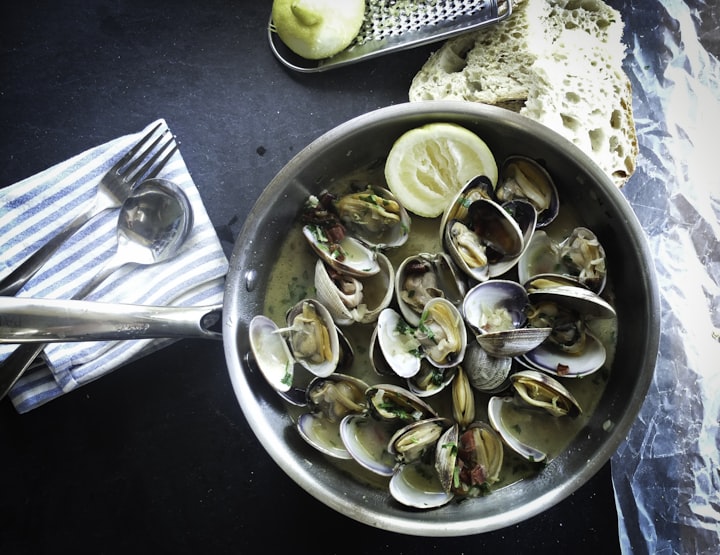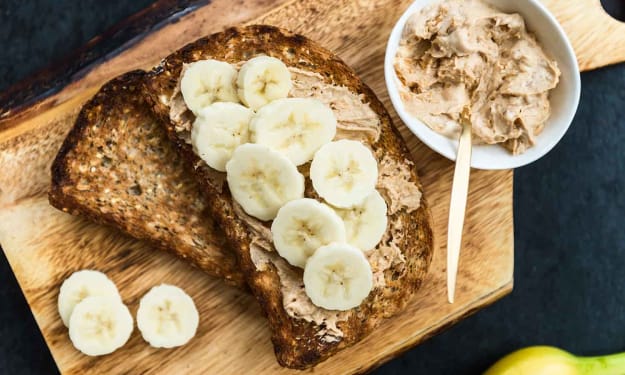How to tell the difference between clams, flower nails, and Sakai - how do you cook them to make them delicious? The chef teaches you: 6 top tips
Chef teaches you: 6 great tips for clams, flower nails and sand whites

【Enter Kitchen Tips】Clams, flower nails, the sand white, how to distinguish how to cook them to make them delicious? The chef teaches you: 6 great tips! I love eating clams. However, when I go to a seafood stall in the market, there are many different types of clams and shellfish. What is the best type of clam for steaming? Why do they sometimes use flower nails and other times use Sakai? To answer these questions, I asked the chef to go to the market with me to learn how to distinguish the most common types of clams and learn tips on how to choose fresh clams!

Although there are many different types of clams, not all of them are available at the market every day. On the day of the interview, we went to the market and found a wide range of clams, such as mussels, clams, SA Baez, and mussels, as well as potato clams and golden clams. The mussels are certainly different from the others as they are large, but do you know how to distinguish the rest of them.
The sandy white, also known as the white clam, is brighter than the clam and has a black edge on the bottom, and some species may have two black edges.
Clams, which are shorter in body, have a rounder shell and less regular patterns.

The meat of the clam is not very large and full and is thinner and coarser.
Flower nails are salty and cold, and have the effect of nourishing Yin and clearing heat.
As it is cold, it should not be consumed in excess if you have a weak spleen or stomach, and should certainly be avoided by those with seafood allergies.
The brown shells in this picture are mostly Chinese mussels.
If they are pinkish-purple, they are probably Malaysian or Scottish varieties, and the meat is sweeter than Chinese ones.
When you cut open a mussel, the flesh inside is half black and half white. The chef says the flesh will turn red when cooked, similar to the northern mussels.
There are some brownish-black guts inside the shell of the mussels, which should be removed before cooking or eating.

The clam is also known as the "big clam" because it is two to three times larger than a clam and has a white, pitted shell, although the pattern is similar to that of a clam, it is not grey like a normal clam.
The brown golden clam has a darker shell and orange-red flesh.
In terms of flavor and meat quality, Chef Lew admits that flower nails, clams, and sandwiches are similar, but he recommends flower nails the most, as they are sweet and tasty, followed by sandwiches and finally clams. The meat is thicker, while the clams are thinner and less sweet. In addition, as the Sabik and clams have a heavy mud flavor, they may take longer to DE-sand, about 1 to 2 hours. As for the potato clams, they have a lighter flavor and most recommend cooking them in a more flavorful way to enhance their flavor.
Most of the clams used in the stalls are fried with black bean and pepper, but this is due to the cost of the clams, as they are only sold at $10 per catty, but the flower nails are sold at $20 per catty. Now that you know the difference between clams, it's important to know how to pick them. The chef says there are a few tips for getting fresh, beautiful clams of any variety.
(1) A firm hand: the shell should be heavy, if it is light, it is usually a dead clam and the shell is filled with mud and sand.
(2) Complete shell: The shell is shiny, not broken or cracked, and not covered with too much sand or stones.
(3) Light touch: A light touch on the suction tube will immediately produce a reaction and a retraction into the shell, while a dead clam will not respond to any touch.
(4) No odor: There is no strange smell.
Click on the picture below for more detailed clam-picking tips.
The protruding part of the shell, which the chef calls the "snout", is a water-sucking tube, an organ that squirts water from a fresh clam or mussel. In addition, when you touch it with your hand, it will immediately retract into the shell.
The small column of water on the left side of the picture is the clam squirting water through the suction tube, which is very active.
The chef said that if you see a clam with a broken shell, try not to buy it, as the quality is very poor and even if it is not dead, it should be dying.
(5) By feel: The gap between the shells usually has a skirt, so if the clam is raw enough, you should feel the skirt catching on your knife when you cut it open.
(6) Listen to the sound: If you tap two claims against each other in your hand and hear a solid sound, the clam is raw; if it sounds hollow, it is usually dead.
It is very important to know how to pick fresh clams. This reporter bought a dead clam before, and after boiling it for a while, he couldn't open the shell, so he forced it open and saw a pile of black and green sediment.
The chef also suggested some ways to cook various types of clams, steaming them to bring out the freshness of the clams, but he also admitted that there are almost no wild clams nowadays, and most of the clams seen in the market are farmed, which are cleaner than wild ones. For those who are looking for taste, they can be cooked until they are half-cooked. I couldn't help but ask, "Don't you worry about belly pain when you eat seafood half-cooked?" The chef said, "If you boil a clam, the moment it opens, it's already cooked, so if you cook it again, it will get old. If you wait for it to open, you have to fish it out, a V. It's not good to wait for it to open until it's flat, because there is heat in the drains.
It's important to blanch clams because it's a way to sift out the dead clams and because the shells are so dirty that if you cook them directly, they will cloud the other ingredients and the soup and take on a fishy, muddy flavor.
The chef offers a few ways to cook clams for your reference.
Saab: Boiled clams in sake, baked sabra in white wine sauce
Clams: Stir-fried clams with black beans and peppers
Flower nails: steamed flower nails in lotus leaf, steamed egg with flower nails, rolled flower nails in soup, cold flower nails
Mussels: Steamed mussels with garlic and vermicelli, steamed mussels with OX sauce, mussels in lavender chicken soup, baked mussels
Potato clams: boiled clams in oil and salt, boiled clams in spicy sauce, boiled clams with lemongrass, boiled clams with gold leaf
About the Creator
cly mumford
The cruelty of time is that it can only take you into the future but not back to the past.






Comments
There are no comments for this story
Be the first to respond and start the conversation.